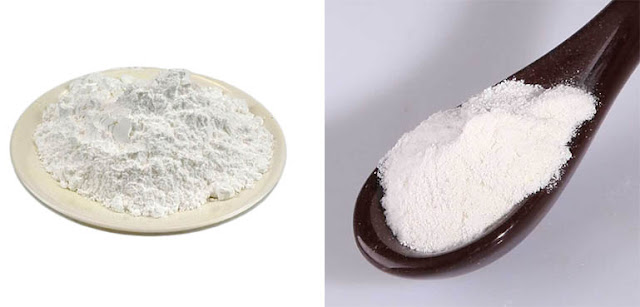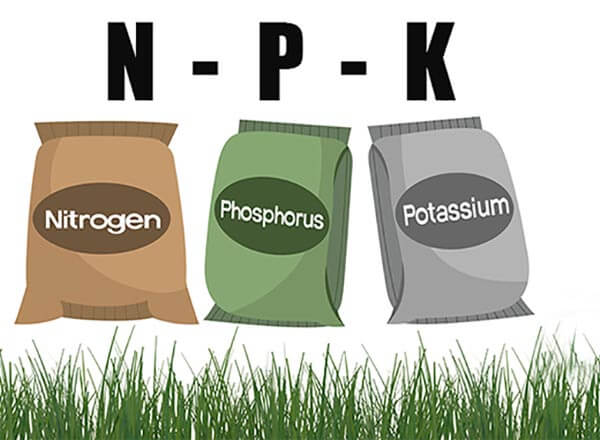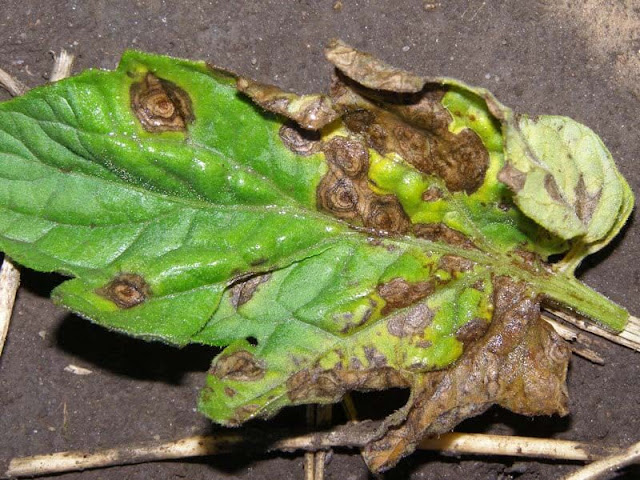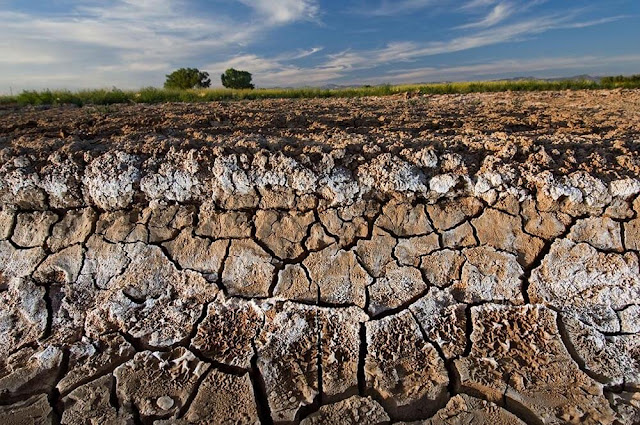博文
Beauveria Bassiana Kill Bed Bugs Products Foliar Spray
- 获取链接
- 电子邮件
- 其他应用

Beauveria Bassiana fungus is a fungus that grows naturally in soils around the world. After Spraying, it acts as a parasite on various arthropod species, causing white muscardine disease ; It widely used as a sprayed biological insecticide to control a great many pests such as bed bugs, termites, thrips, whiteflies, aphids, and different beetles. Once Beauveria Bassiana infects the host insects, the fungus grows fast inside of the insect’s body. Feeding on the nutrients present in the host’s body and producing toxins continuously. Insecticidal Mechanism Beauveria Bassiana is a pathogenic fungus. Applying under suitable environmental conditions, it can be subdivided to produce the spores. After the spores are in contact with pests, they can adhere to the epidermis of the pests. It can dissolve the outer shell of the insect and invade the host body to grow and reproduce. It will begin to consume lots of nutrients in the body of pests and form a large number of my
Best Quality 98%TC NAA 1-Naphthylacetic Acid Supplier
- 获取链接
- 电子邮件
- 其他应用

Dora Agri-Tech is one of the biggest 1-Naphthylacetic Acid suppliers , we exported to South America and Western Europe for many years about 30mt per year. Due to the stable quality and competitive price. 1-Naphthylacetic acid is a broad-spectrum auxin plant growth hormones, which can enter the plant body through plant leaves and reach vigorous growth parts together with the nutritions conduction. NAA can promote root differentiation and formation, accelerate roots transplantings and cuttings, induce flowering, accelerate chlorophyll synthesis, reduce fruit dropping, promote crop maturity and increase crop yields. Specification of NAA Physical & Chemical Features CAS No.: 86–87–3 Appearance: White crystal Purity: 98%Min (HPLC) Common Name: 1-Naphthylacetic Acid Chemical Name: 1-Naphthaleneacetic Acid, α-Naphthaleneacetic Acid, Alpha-Naphthyl Acetic Acid, NAA Molecular Formula: C12H10O2 Molecular Weight: 186.21 pH: 3.0–5.0 Application of NAA 1. Prevent From Absciss
What's The Best Fertilizer For My Lawn
- 获取链接
- 电子邮件
- 其他应用

The Best Type of Lawn Fertilizer 1.Elements Fertilizer Grass needs enough amount of nutrients, water and sunshine to sustain life and grows healthily and green. The importance of fertilizer is the same as water, air, and temperature in the soil. Most fertilizers all contain three different nutrients: Nitrogen, Phosphorus, and Potassium. Nitrogen Nitrogen plays a critical role in the process of photosynthesis, It promotes healthy leaf growth by encouraging the production of chlorophyll, which is a chemical vital to photosynthesis. Not only does it help with that though, but it also can help plants fight off damaging pests. Plants that are deficient in nitrogen grow poorly and develop yellowing leaves. Phosphate Phosphorus is an essential macro-element, required for plant nutrition. And is involved in the metabolic processes responsible, such as photosynthesis, energy transfer and synthesis and breakdown of carbohydrates. The presence of phosphorus in the soil help
Early Blight & Late Blight | Different Symptoms and causes
- 获取链接
- 电子邮件
- 其他应用

Early blight and late blight are the most common diseases on tomato & potato. They usually take huge losses to farmers. Although the names of the two diseases are the only one-word difference, some growers do not know exactly about the difference between early blight and late blight. First, we need to how to recognize their symptoms. Difference between Early blight & Late blight Causes Early blight is caused by two different closely related fungi, Alternaria tomatophila, and Alternaria solani, which lives in soil and plant debris. Late blight is caused by Phytophthora infestans, a microorganism which prefer moist and cool environments. Conditions Early blight A suitable temperature is 24~29°C, relative humidity is 31~96%, which is warm and humid weather. Late blight The optimum humidity for sporangia germination to form zoospores is to reach saturation when there are water droplets. The optimum temperature is 12~15°C. Above 15°C, sporangia directly inva
4 ways to stimulate root growth
- 获取链接
- 电子邮件
- 其他应用
1. Essential Nutrients Supply Phosphorus potassium &Nitrogen are the essential nutrients to support root growth for plants. They encourage plants to put down a dense collection of new roots and strengthen existing roots as they develop. Phosphorus helps establish healthy root systems at the beginning of growth. And promotes root growth, flowering, and fruit set. Potassium can thicker plants' cell walls. It will increase plants' tolerance to stresses and promote root growth. 2. Root Stimulators Hormones Auxin is a plant hormone that plays a vital role in plant growth and development as a regulator of many biological processes, especially IAA, IBA & NAA. They are the natural plant auxin’s effect on the stimulation of the root. And induce earlier root formation & development and the higher number of roots formation. They also widely used in stimulating root germination in cutting propagation. 3. Microbial Bio-fertilizer Microbial fertilizer is widely u
How can we prevent soil salinization?
- 获取链接
- 电子邮件
- 其他应用

What’s Soil Salinization Soil salinization is one of the most vital soil problems for agricultural production. Salinization refers to the salt content of the level affecting agricultural and environmental health. Soil salinization usually occurs in arid areas, In these areas, soluble salt ions accumulate in the soil. In these areas where plant growth requires irrigation, the Evaporation and transpiration process leaves salt in the soil. At the beginning, salt will reduces soil productivity and limits crop yields. As the salt content increases, it kills the vegetation and soil microorganism. As a result, The perfectly fertile soil will became completely barren. Why Does Soil Salinization Occur Several factors contribute to an increase in the amount of salt in the soil: Irrigation Water Quality & Volume The total amount of dissolved salt in irrigated water and its composition affect soil salt content. The more water you irrigate, the salinity of the soil will be